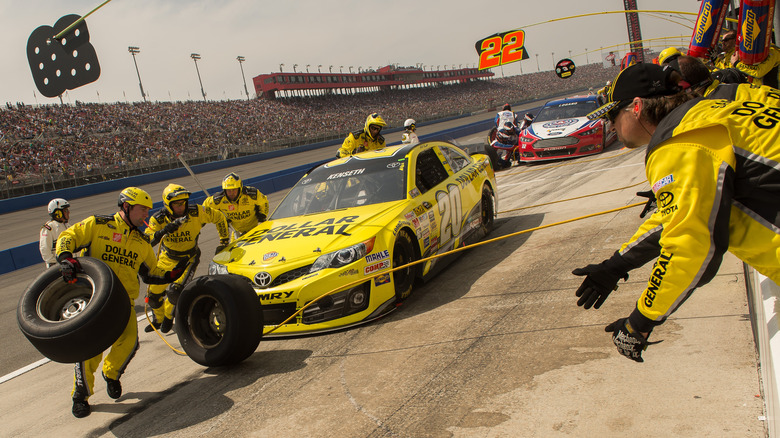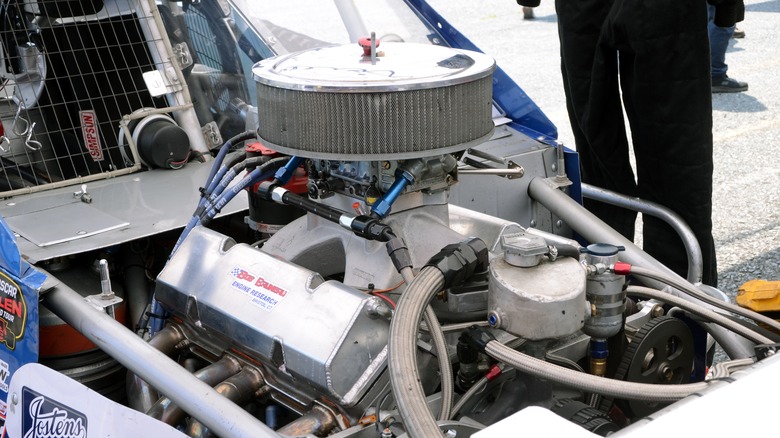How Much Power Do NASCAR Engines Have, And What Makes Them So Powerful?
Since its first race in 1948, NASCAR has become an indelible element of America's automotive culture. From nail-biting checkered-flag finishes to gut-wrenching crashes, NASCAR has brought a series of memorable racing moments. Over the years a number of car brands, some easily recognizable and others you probably had no idea were competing, have tested their mettle, and NASCAR's popularity has grown to the point where the organization is expanding globally. In 2022, for instance, NASCAR launched its pilot season in Brazil, which Brazilian TV ratings and media coverage proved successful.
The reason is the incredible power and innovative technology utilized by NASCAR racers. Depending on the engine's configuration and specific components, the motors that power NASCAR racers have attained substantial output levels averaging between 750 and 900 horsepower.
Since 2012, to promote greater safety for both competitors and audiences, the organization has implemented new policies and means, such as restricter plates for race cars at certain tracks, that have capped the amount of horsepower NASCAR engines can generate. Labeled "superspeedway packages," these tamped-down engines can still attain an impressive maximum horsepower of 550. Other variables such as the track layout and design of the NASCAR vehicle also can have an impact on the power output achieved during a race.
Yet even with these regulations in place, how does a typical NASCAR race car generate such impressive power? The answer lies in their engines' unique materials and component configurations.
Engine size, durability, and component configuration are critical for max power
For starters, the eight-cylinder engines used by NASCAR teams are big — approximately 358 cubic inches – and they're electronically fuel-injected for enhanced fuel efficiency, maneuverability, and instantaneous control. Integrated computer systems monitor air intake, ignition timing, and other critical data sets in real time so driver and crew can optimize performance.
Increasingly, professional racers such as Austin Hill, Kyle Busch, and Jesse Love have racked up victories with the quality-controlled ECR (Earnhardt Childress Racing) engines. Named after driver Dale Earnhardt, who tragically died during a NASCAR race in 2001, ECR engines use individually fine-tuned cylinders that optimize speed and performance to levels best suited for the conditions of the track. This degree of premium engineering has led to well over 200 wins across a variety of professional racing championships.
Other important elements also contribute significantly to a NASCAR racer's power output. To increase efficiency as well as ensure the car remains grounded during tight turns, racers use upgraded tires made with a reinforced yet adaptable rubber compound that reduces loss of pressure when overheated.
Cohesion of engine components, particularly under high stress, is another key factor. Unlike standard manufacturing, which allows a margin of error when crafting engine parts, NASCAR regulations emphasize that each engine component must be designed with tailor-made precision, otherwise known as tight tolerance. Each high-performance engine must undergo a series of rigorous tests and inspections to qualify as a contender.

